In the ever-evolving landscape of military technology, innovations that enhance efficiency, safety, and comfort for personnel are paramount. One such innovation is the Helicopter Pallet Bunk Bed. This ingenious design merges the practicality of pallets used in logistics with the functionality of bunk beds, providing a unique solution for military operations. This article explores the various aspects of the Helicopter Pallet Bunk Bed, from its origins and benefits to its design features and future trends.
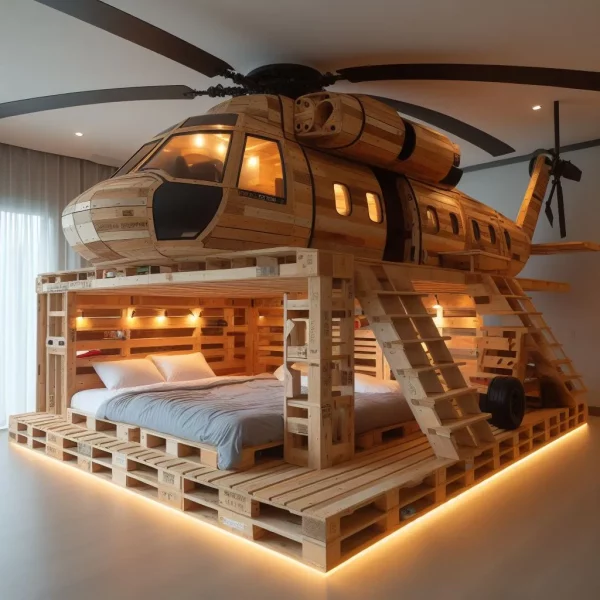
The Evolution of Helicopters in Modern Warfare
Helicopters have played a crucial role in modern warfare, revolutionizing the way military operations are conducted. Their ability to take off and land vertically, hover, and fly at low altitudes makes them indispensable for a variety of missions, including troop transport, medical evacuation, reconnaissance, and close air support. Over the decades, helicopter technology has advanced significantly, with improvements in speed, range, payload capacity, and survivability. These advancements have allowed helicopters to become a central component of modern military strategy, providing unmatched flexibility and rapid response capabilities.

Innovative Uses of Pallets in Logistics and Transportation
Pallets have long been a staple in logistics and transportation, providing a standardized and efficient way to move goods. In military operations, pallets are essential for the rapid deployment and resupply of troops. They enable quick loading and unloading, reducing the time needed for logistical operations. Pallets are also versatile, capable of carrying a wide range of supplies, from ammunition and food to medical equipment and personal gear. The innovative use of pallets extends beyond traditional logistics, with new applications emerging in areas such as portable infrastructure and modular furniture, exemplified by the Helicopter Pallet Bunk Bed.
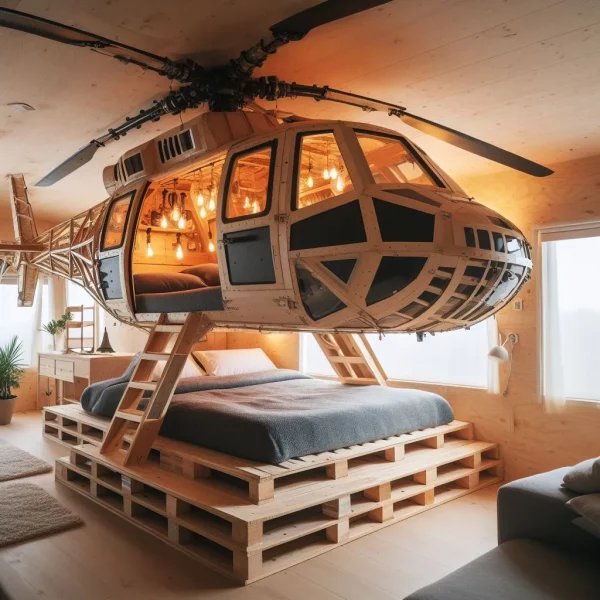
Benefits of Using Bunk Beds for Military Personnel in Helicopter Units
For military personnel, rest and recuperation are critical to maintaining operational effectiveness. Bunk beds offer several advantages in this regard, particularly for helicopter units. Firstly, bunk beds maximize space efficiency, allowing more personnel to rest in confined spaces. This is especially important in helicopters, where space is limited. Secondly, bunk beds provide a level of comfort and privacy that is essential for quality sleep, helping to reduce fatigue and improve overall well-being. Additionally, bunk beds can be easily adapted to different environments, making them a versatile solution for various operational needs.
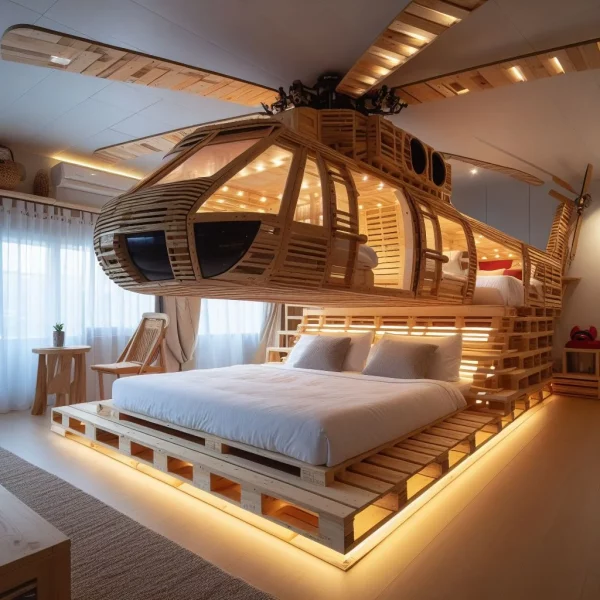
Safety Considerations for Helicopter Pallet Transport
Transporting pallets by helicopter requires careful attention to safety to prevent accidents and ensure the integrity of the cargo. Key considerations include:
- Load Balance: Properly balancing the load is crucial to maintain the helicopter’s stability and flight performance.
- Securing Cargo: Pallets must be securely fastened to prevent shifting during flight, which could destabilize the helicopter or damage the cargo.
- Weight Limits: Adhering to weight limits is essential to avoid overloading the helicopter, which can compromise safety and performance.
- Weather Conditions: Adverse weather can affect flight safety, so it’s important to consider conditions such as wind, rain, and turbulence when planning pallet transport.
- Regular Inspections: Conducting regular inspections of the pallets and securing mechanisms helps identify potential issues before they become safety hazards.
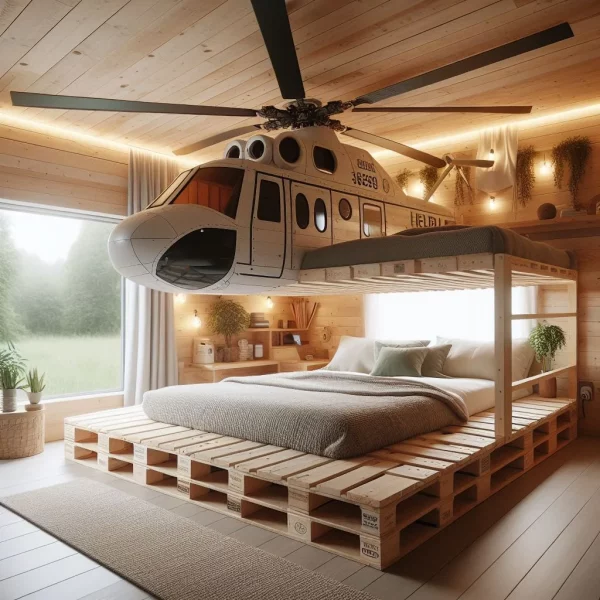
By addressing these considerations, military units can ensure the safe and efficient transport of pallets by helicopter.
Maximizing Space Efficiency with Helicopter Pallet Bunk Beds
Space efficiency is a critical factor in military operations, where every inch of available space must be utilized effectively. Helicopter Pallet Bunk Beds are designed to optimize space by combining sleeping arrangements with pallet transport. These bunk beds are stackable, allowing multiple units to be transported together, thereby saving space. They can also be quickly assembled and disassembled, making them ideal for rapid deployment and relocation. Additionally, their modular design means they can be configured to fit various helicopter models and operational requirements, providing a flexible solution for different missions.

Design Features to Look for in Helicopter Pallet Bunk Beds
When selecting Helicopter Pallet Bunk Beds, several design features are important to consider:
- Durability: The beds should be constructed from robust materials that can withstand the rigors of military use and harsh environments.
- Comfort: Despite their utilitarian nature, the beds should offer a reasonable level of comfort to ensure quality rest for personnel.
- Ease of Assembly: The beds should be easy to assemble and disassemble, allowing for quick setup and takedown in the field.
- Modularity: The design should be modular, enabling customization and adaptability to different helicopter models and mission requirements.
- Weight: The beds should be lightweight yet sturdy, minimizing the impact on the helicopter’s payload capacity.
- Safety Features: Built-in safety features, such as secure locking mechanisms and anti-tip designs, are essential to prevent accidents during use and transport.
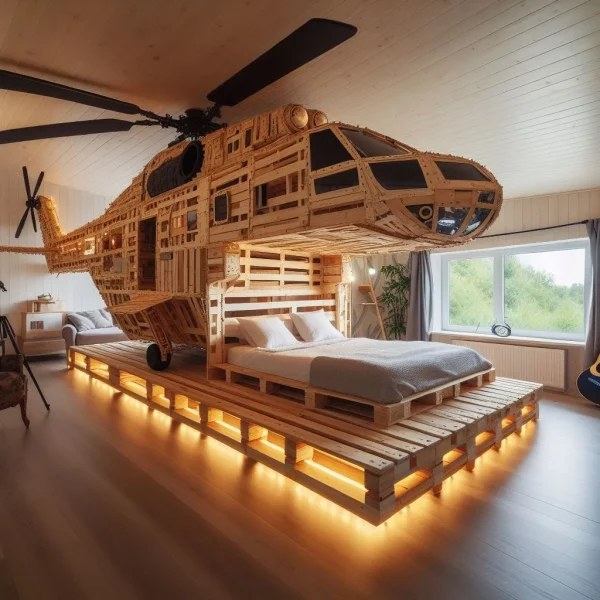
By prioritizing these features, military units can select Helicopter Pallet Bunk Beds that meet their operational needs and enhance the well-being of their personnel.
The Role of Bunk Beds in Optimizing Helicopter Crew Rest on Long Missions
Long missions can take a toll on helicopter crews, leading to fatigue and decreased performance. Providing adequate rest facilities is crucial to maintaining crew readiness and effectiveness. Helicopter Pallet Bunk Beds play a vital role in this regard by offering a practical solution for in-flight rest. These bunk beds allow crew members to take turns resting, ensuring that they remain alert and capable of performing their duties. The ability to rest comfortably during long flights helps mitigate the effects of fatigue, reducing the risk of errors and enhancing overall mission success.
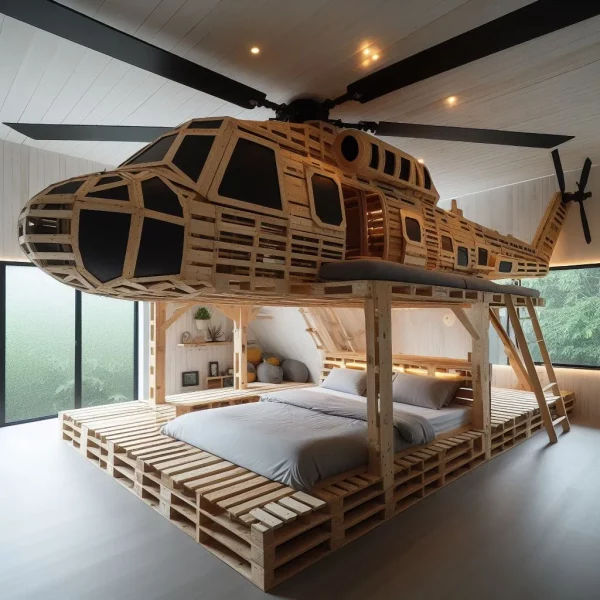
Tips for Properly Securing Pallets in Helicopter Cargo Transport
Securing pallets in helicopter cargo transport requires careful planning and execution. Here are some tips to ensure safe and efficient transport:
- Use Appropriate Restraints: Utilize cargo nets, straps, and tie-downs that are designed for helicopter transport to secure the pallets effectively.
- Distribute Weight Evenly: Distribute the weight of the cargo evenly across the pallet to maintain balance and prevent shifting during flight.
- Check Load Limits: Ensure that the total weight of the pallets does not exceed the helicopter’s load limits, including the weight of securing equipment.
- Conduct Pre-Flight Inspections: Perform thorough inspections of the pallets and securing mechanisms before takeoff to identify and address any potential issues.
- Follow Standard Operating Procedures: Adhere to established protocols and guidelines for pallet transport to ensure consistency and safety.
By following these tips, military units can enhance the safety and efficiency of their pallet transport operations.
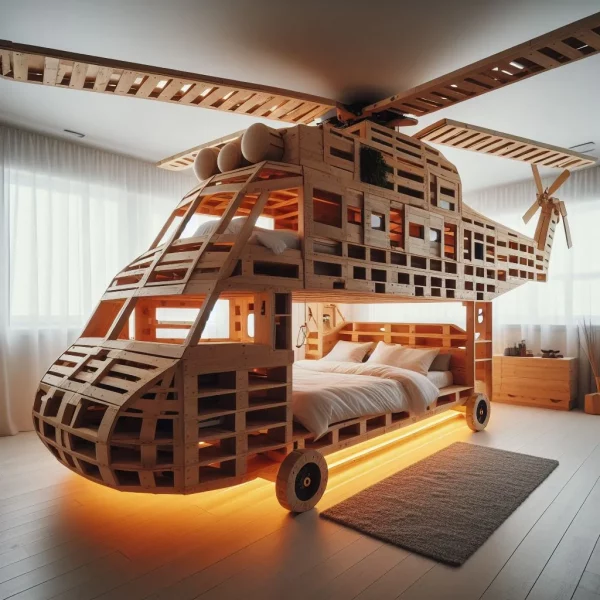
Customization Options for Helicopter Pallet Bunk Beds to Suit Specific Needs
One of the key advantages of Helicopter Pallet Bunk Beds is their adaptability. These beds can be customized to meet the specific needs of different military units and missions. Customization options include:
- Size and Dimensions: Adjusting the size and dimensions of the bunk beds to fit specific helicopter models and cargo spaces.
- Material Selection: Choosing materials that offer the right balance of durability, weight, and comfort.
- Additional Features: Adding features such as storage compartments, privacy curtains, and integrated lighting to enhance functionality and comfort.
- Branding and Markings: Customizing the beds with unit insignia, serial numbers, and other identifying markings for easy identification and organization.
- Color and Finish: Selecting colors and finishes that match the operational environment or unit preferences.
Customization ensures that the Helicopter Pallet Bunk Beds meet the unique requirements of each mission, providing a tailored solution for optimal performance.

Future Trends in Helicopter Pallet Bunk Bed Technology and Innovation
As military technology continues to evolve, so too will the design and functionality of Helicopter Pallet Bunk Beds. Future trends and innovations in this area may include:

- Advanced Materials: The use of advanced materials such as carbon fiber and composites to reduce weight and enhance durability.
- Smart Features: Integration of smart technologies such as sensors and monitoring systems to provide real-time data on bed usage and environmental conditions.
- Enhanced Comfort: Development of new cushioning and support systems to improve comfort and reduce fatigue.
- Modular Configurations: Further advancements in modular design to allow for even greater flexibility and adaptability.
- Sustainability: Incorporation of eco-friendly materials and manufacturing processes to minimize environmental impact.
These trends will help ensure that Helicopter Pallet Bunk Beds continue to meet the evolving needs of military operations, providing a reliable and effective solution for personnel rest and transport.
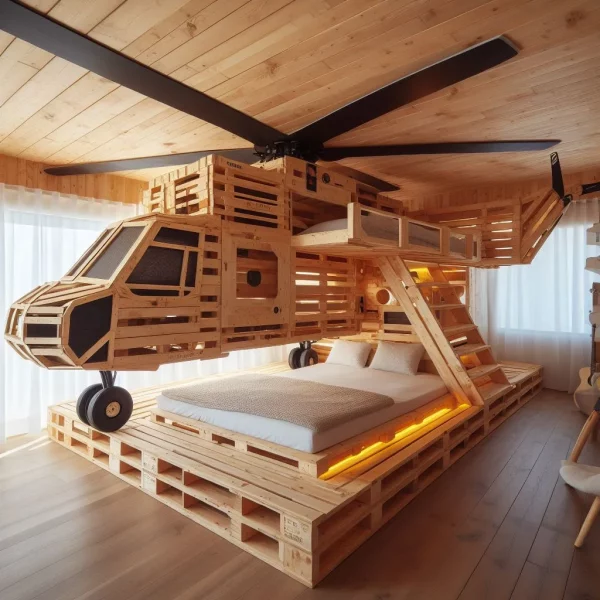
Conclusion
The Helicopter Pallet Bunk Bed represents a significant innovation in military logistics and personnel support. By combining the practicality of pallets with the functionality of bunk beds, this design offers a unique solution that enhances space efficiency, comfort, and safety for military personnel.
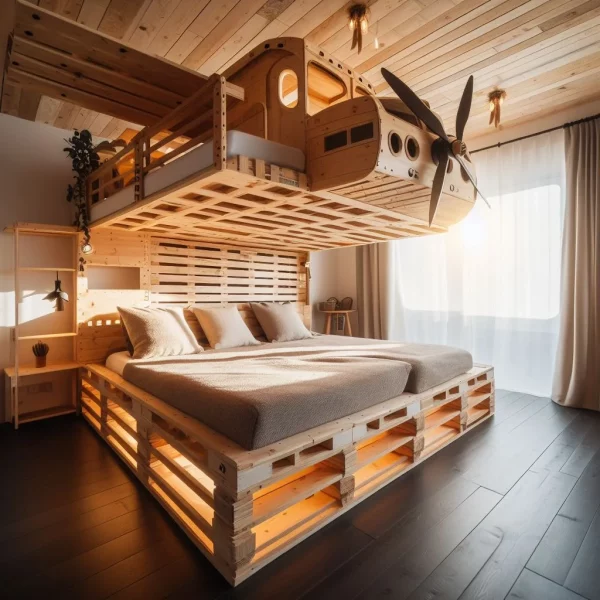
As technology and operational requirements continue to evolve, Helicopter Pallet Bunk Beds will undoubtedly play an increasingly important role in ensuring the effectiveness and well-being of military units. Through careful consideration of design features, customization options, and future trends, military organizations can optimize the use of these innovative beds to support their missions and improve the overall quality of life for their personnel.







